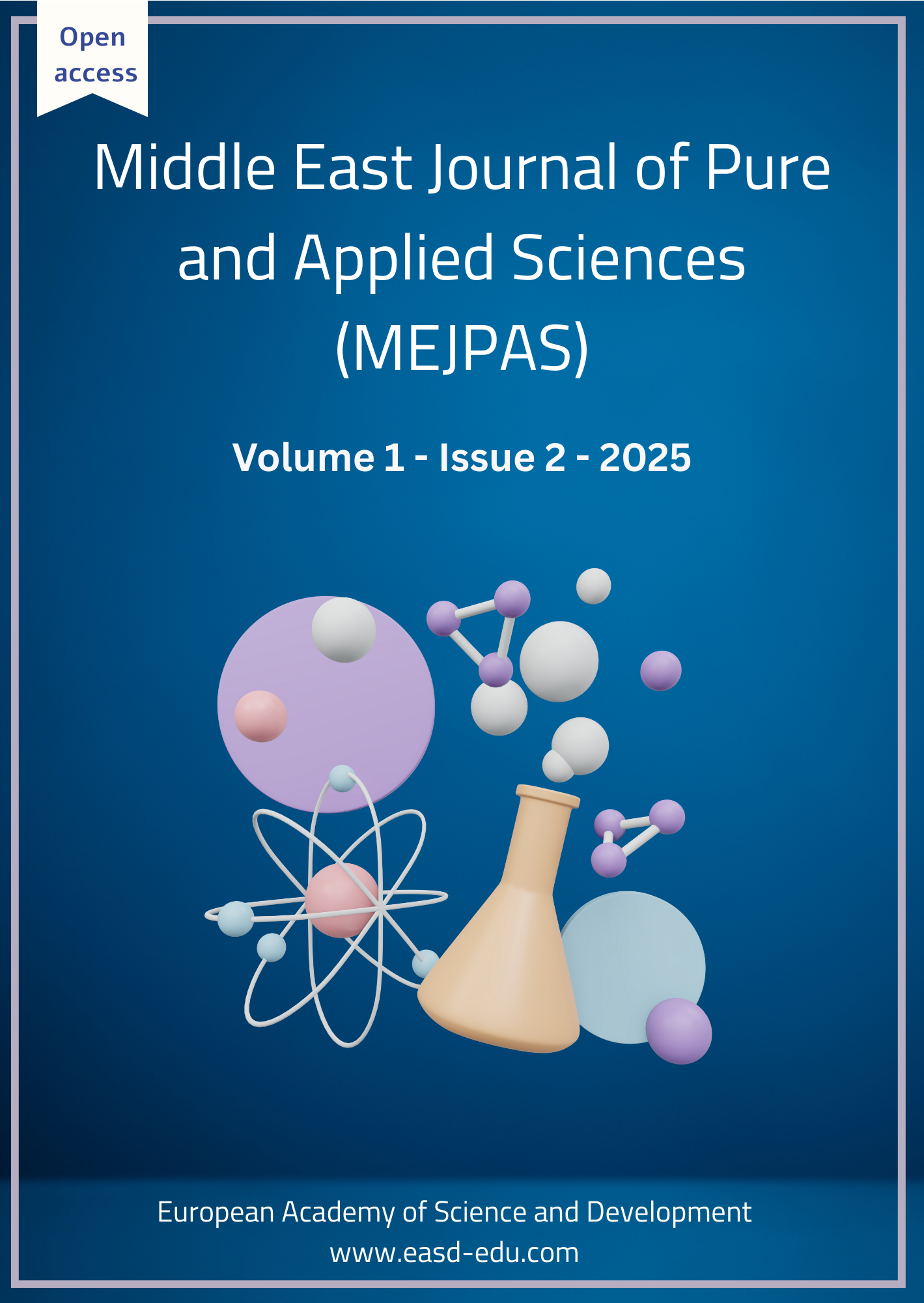Experimental Investigation of Pavement Deterioration Using Theoretical Models and Computational Methods
Keywords:
Pavement Faulting Prediction, Rigid Pavements, CatBoost, SHAP (SHapley Additive exPlanations), TPE (Tree-structured Parzen Estimator), Machine Learning, Hybrid Models, Pavement Performance, Predictive ModelingAbstract
This study comprehensively compares multiple approaches to modeling flexible pavement deterioration, including mechanistic-empirical models, stochastic (Markov) models, physics-based fracture mechanics, finite-element simulations, and data-driven machine learning (ML) methods. Using published performance data (e.g. the Long-Term Pavement Performance (LTPP) database) and synthetic experiments, we evaluate model predictions of surface distress (cracking, rutting, roughness). Mechanistic–empirical (M-E) and fracture-based models provide physical insight into damage processes, while Markov chains capture condition transitions probabilistically. In parallel, ML algorithms (Random Forest, CatBoost, Artificial Neural Networks) are trained on the same data; hybrid schemes use FEA-generated stress and deflection outputs as ML inputs to enhance accuracy. Our results (summarized in Table 1) show that advanced ML and hybrid models generally outperform classical regression and Markov models in predictive accuracy (higher R², lower RMSE). For example, a CatBoost-based hybrid model achieved R²≈0.96 on a sample dataset versus R²≈0.88 for linear regression. These findings imply that integrating physical simulation data with data-driven models yields the best performance forecasts. Such improved models can guide optimized maintenance planning by more reliably identifying when and where interventions (e.g. resurfacing, repairs) will be most effective.






